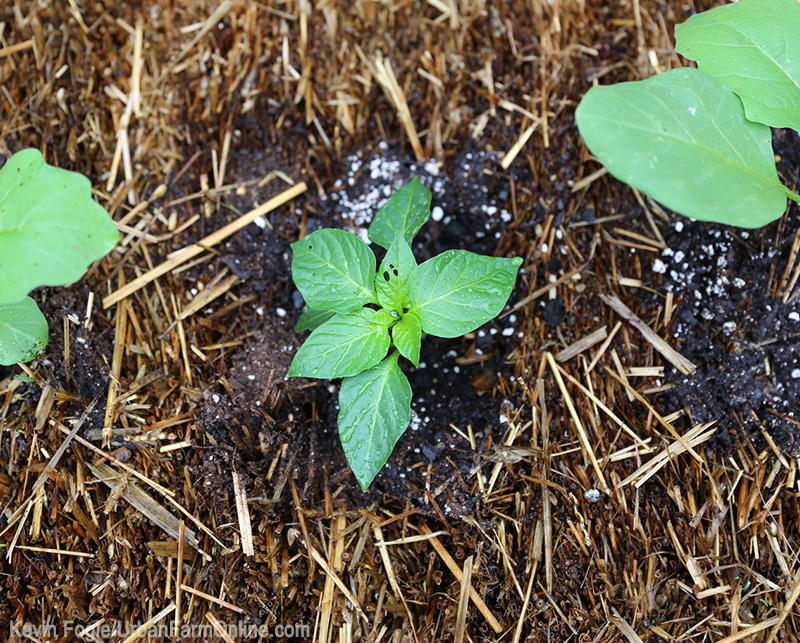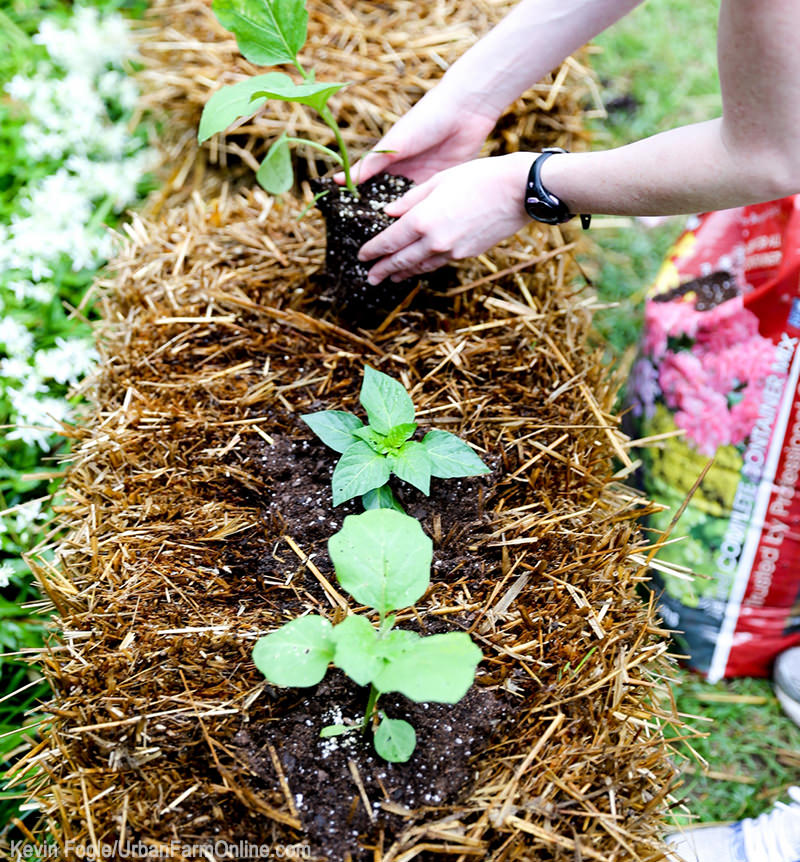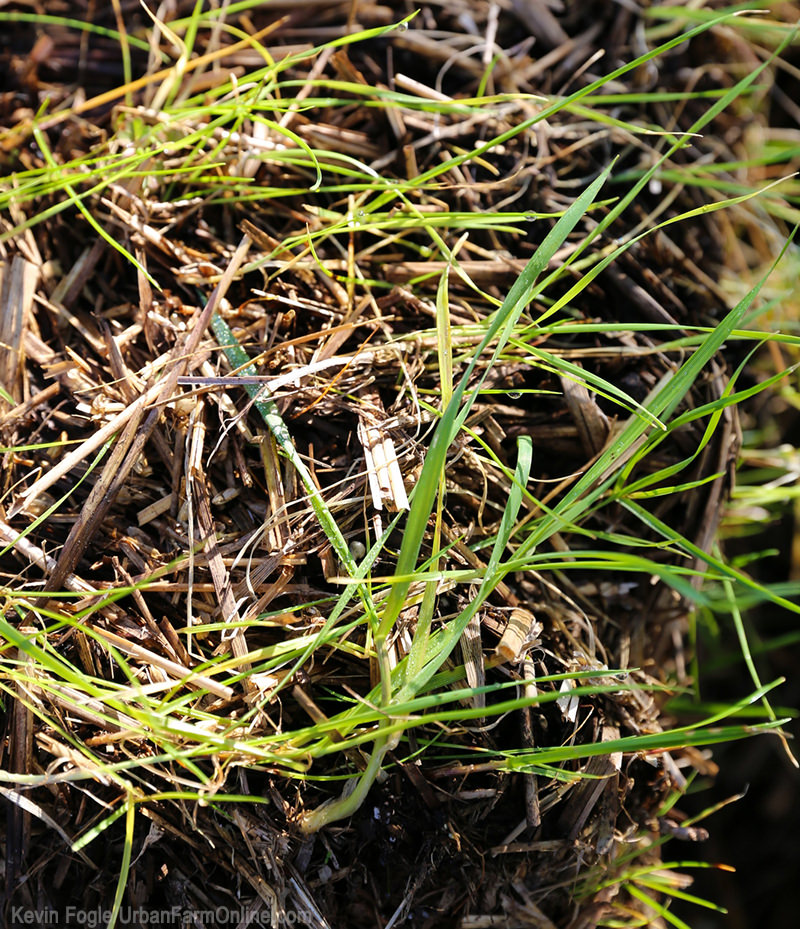

Hay-bale gardening is an innovative raised-bed technique that allows you to grow a range of vegetables or ornamentals directly within a decomposing hay or straw bale. Here are my top four reasons for starting a hay-bale garden of your own.
1. Easy Access
Hay-bale gardening may be the perfect choice for elderly gardeners, folks with back or knee issues, or anyone interested in an easy-access growing medium. This simple raised-bed technique safely eliminates the need to stoop all the way to the ground, reducing many injury concerns associated with in-ground planting and conventional raised beds that are only a foot or so above ground. The only drawback to hay-bale gardening is finding a helpful friend to physically install the heavy bales and dismantle the garden at the end of the growing season—two rather labor-intensive tasks.
2. They Fit Anywhere

As long you have an outdoor location that gets more than six hours of direct sunlight, you can grow a hay bale garden. This versatile technique is perfectly suited to most suburban and urban landscapes and can be situated on decks, on paved driveways, in small patios or atriums, in courtyards, in yards with poor or contaminated soils, and even on apartment balconies (though you’ll want to be aware of weight limits).
3. Weeding Is Minimal

If you feel that weeding your garden on a weekly basis is highly overrated—and who doesn’t?— hay-bale gardening is right up your alley. While every hay or straw bale will have some grass and weed seeds that sprout during the conditioning period or the growing season, bale gardening requires very little regular maintenance to keep out unwanted or nuisance plants. Most of the weeds in your bale will be grass or grain starts that are super-easy to pull out of the decaying hay matrix. As an added bonus, you will rarely have to contend with some of the more annoying common garden weeds like dandelions, wiregrass or bindweed.
4 Old Hay Equals Garden Gold

Hay-bale gardens are typically viable for one or two consecutive growing seasons. Bales will rarely last more than a single calendar year before the nutrient levels are depleted or the bale becomes so decayed that you are unable to physically plant within it. The good news is that your hay bale garden still has significant value if you maintain any in-ground crops. The decaying hay is perfect ready-made compost that can be mixed into your garden plot or landscape beds to enrich the existing soil with remnants of your bale garden.
About the Author: Kevin Fogle is a South Carolina-based freelance writer and photographer who keeps an urban front-yard garden. Get his garden advice in his blog “Garden In Front.”




